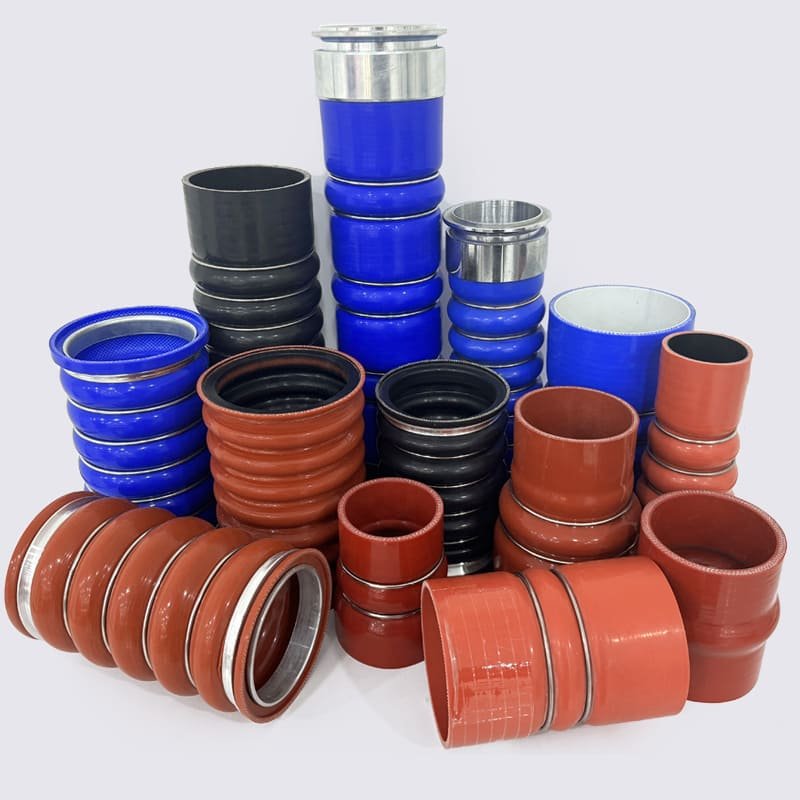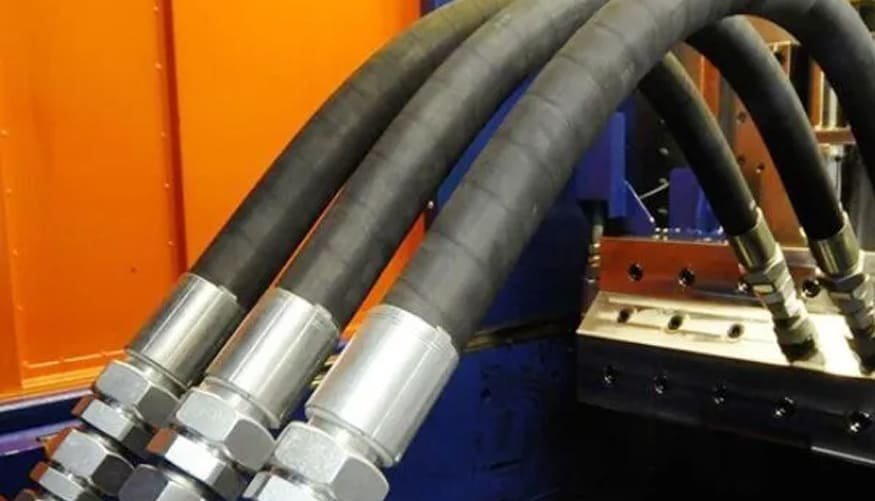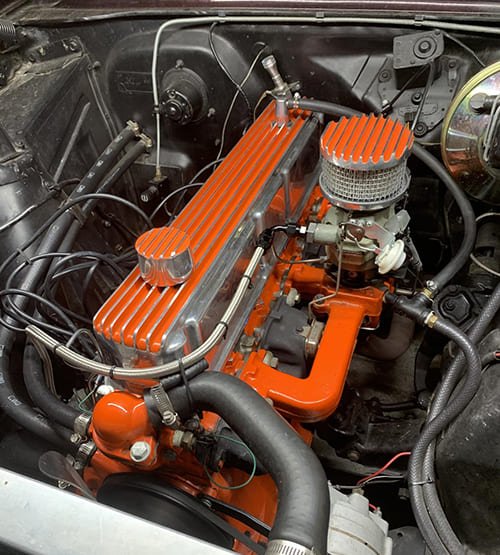giriiş
Silicone hoses are a big deal in many industries, esneklikleriyle tanınırlar, uzun ömür, ve yüksek sıcaklıklara karşı mükemmel direnç. If you work in a silicone hose company as a buyer or purchasing officer, or you’re a wholesaler, or perhaps you’re in a car factory, you need to know the temperature silicone hoses can handle. Bu makalede, I’ll explain what temperatures silicone hoses can withstand and why they’re the best choice for many high-temperature applications.
Click for more details on silicone hose
High-temp silicone hoses can handle a wide range of temperatures, typically performing well between -65°F and 350°F. Some specialized products can even withstand temperatures as high as 500°F, making them ideal for extreme environments.

To fully appreciate the versatility of silicone hoses, let’s take a closer look at their heat resistance.
How Heat Resistant is Silicone Tubing?
Silicone tubing is famous for its heat resistance, enabling it to work in extreme conditions. The working temperature range for silicone tubing is usually -94 ile 392 Fahrenheit dereceleri (-50 ile 200 santigrat dereceler). It can sustain temperatures up to 500 degrees Fahrenheit for short periods, and it stays elastic even at -40 Fahrenheit dereceleri. This makes silicone tubing perfect for applications that experience rapid temperature changes or high heat.
What is the Maximum Temperature for a Silicone Tube?
General-purpose silicones, like sealants and gaskets, have high-temperature limits between 200°C and 250°C (392°F and 482°F). They also perform well at low temperatures, down to -50°C to -75°C (-58°F to -103°F). This wide temperature range makes silicones perfect for applications that need thermal stability and resistance to extreme temperatures.
Can You Use a Silicone Hose for a Radiator?
Evet, silicone hoses are commonly used in vehicle cooling systems, including radiators. They provide a secure, leak-free connection between the radiator and the engine, which allows coolant to flow smoothly. Silicone radiator hoses are preferred because they can handle the high temperatures generated by the engine, which helps cool it down and prevent overheating.
Is Silicone hose Heat Resistant?
Silicone hose is great at withstanding heat because it doesn’t conduct heat very well. It takes a long time for silicone to transfer heat, so it maintains its shape and properties over a wide temperature range. As a result, silicone hoses are commonly used in applications where you need something that can handle high temperatures without falling apart.
Applications of High-Temperature Silicone Hoses
- Otomotiv: Used in engines, radyatörler, and turbochargers because they can handle high temperatures and pressures.

- Endüstriyel: Great for high-temperature fluid transfer in manufacturing plants and chemical processing plants.

- Havacılık: Used in aircraft systems where you need something that will work under extreme conditions.
- Food and Beverage: Used in food processing where you need something that is sanitary and can handle high temperatures, such as hot fluid transfer and pasteurization.
Comparison with Other Materials
People often compare silicone hoses to rubber hoses, and while both have their uses, silicone hoses excel in high-temperature applications. Rubber hoses are usually good up to 250 Fahrenheit dereceleri, while silicone hoses can handle up to 500 Fahrenheit dereceleri. Silicone hoses are also more flexible, more durable, and more resistant to aging and environmental factors.
Çözüm
Sonuç olarak, silicone hoses are super versatile and reliable, able to handle a wide range of temperatures from -65 ile 350 Fahrenheit dereceleri, with some special types going up to 500 Fahrenheit dereceleri. Their ability to withstand heat, esneklik, and durability make them a key component in many industries, otomotiv dahil, sanayi, havacılık, and food and beverage. If you need a hose for high-temperature applications, silicone hoses are your best bet.





